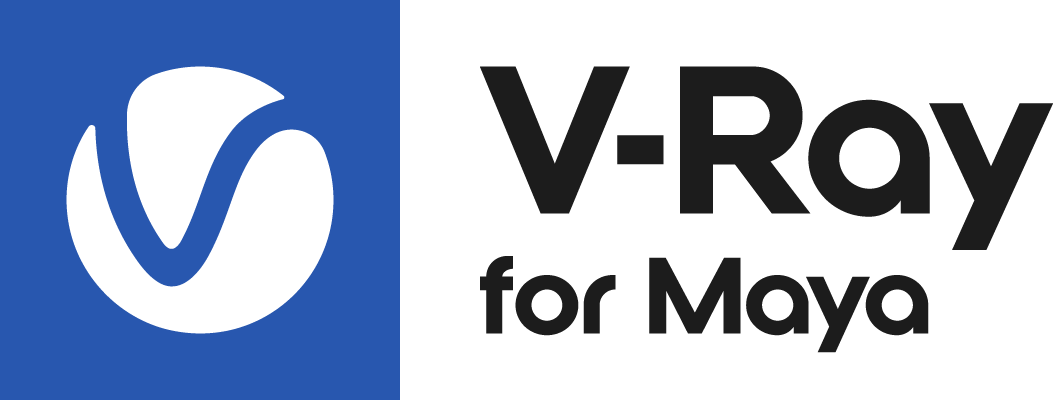This page provides information on the V-Ray Multi Sub-Object Map.
Overview
The VRayMultiSubTex texture distributes multiple textures to many objects via one single material based on specified IDs or a random distribution.
In the image shown here, VRayMultiSubTex's Get ID from parameter has its type set to Object ID. Each part of the ball is assigned a texture. The VRayMultiSubTex is then assigned to the diffuse channel of a single VRayMtl.
Parameters
Default Color – Specifies a default color or texture for objects without Object IDs.
Get ID from – Specifies the meaning of the ID parameters.
Use object ID – The VRayMultiSubTex considers the Object IDs of the object when feeding the data (color or texture) to the material.
Random by renderID – The VRayMultiSubTex assigns random colors based on RenderIDs (internally generated by V-Ray).
Random by node name – Generates a color index based on the name of the node that the texture is applied to.
Texture Switch – Enables the Switch texture parameter to determine which texture is used in the material.
Random by instance ID – The VRayMultiSubTex assigns random colors based on the IDs of objects instanced with the particle instancer in Maya.
Switch texture – A floating point value that calls the texture from the Texture List (below in the UI) by the ID number.
Interpolate – If the switch value falls between two textures from the Texture list, this interpolate between them. Otherwise, when disabled, the closest texture from the list is used.
Loop Through Textures – This option works in Use object ID mode. When the faces or objects assigned with VRayMultiSubTex map are more than the sub-textures in the map, the Loop Through Textures option goes through all sub-textures and once they finish, reverts to the first sub-texture, continuing until all faces or objects get a sub-texture. In Use object ID mode all objects with assigned ID different than 0 get a sub-texture. The ones with object ID equal to 0 get the Default color.
Seed – When the mode is set to Random by node name, this parameter allows the user to change the randomization pattern.
Random Hue/Sat/Gamma – These three parameters control the randomization of the output color. Input value is percentage of the HSV/gamma range and specifies the maximum random deviation, where gamma range is fixed to [1/10,10]. See the Random Hue/Sat/Gamma example below.
Add New Item – Adds a new sub-texture to the texture list.
Used – Enables the sub-texture for rendering.
Value – For modes that use IDs, specifies the ID that corresponds to each texture.
How to Set up
To set the VRayMultiSubTex:
- Connect VRayMultiSubTex to the material's desired input slot.
- From Texture List > Add New Item button add the needed number of subtextures.
- Connect the created textures to the VRayMultiSubTex subtexture slots. Alternatively, you can create new subtextures from the checkered buttons in the Texture List.
Example: Random Hue/Sat/Gamma
The following example shows how the Random Hue/Saturation/Gamma affect the objects in the scene. Each example uses the maximum value of 100.
Example: Loop Through Textures
The following example shows how the Loop Through Textures option affects the distribution of texture applied to five geometries with different IDs.
Here, we have a MultiSubTex map with four sub-textures whose interval of valid IDs is [1 - 4]. We also have five geometries whose IDs range from 1 to 6. The IDs of the first four geometries fall within the texture's interval. The fifth geometry's ID (6) is outside that interval. We also have a default color - red.
When the Loop Through Textures option is disabled, the geometries with valid IDs get a texture of equal ID number. The texture whose ID is 6 gets a default color.
When the Loop Through Textures option is enabled, the geometry with ID = 6 is looped and gets the texture with ID = 2.
If we uncheck one of the textures, for example texture with ID = 2, V-Ray detects that there is no valid texture for the geometries with IDs = 2 and 6, and it assigns them a default color.
Common Uses
A few typical uses for the MultiSubTex Map are as follow:
- Animated values for Switch texture
- User attributes passed with userScalar
- Expressions (most common is "= frame" to pass the current frame number as the switch driver)















